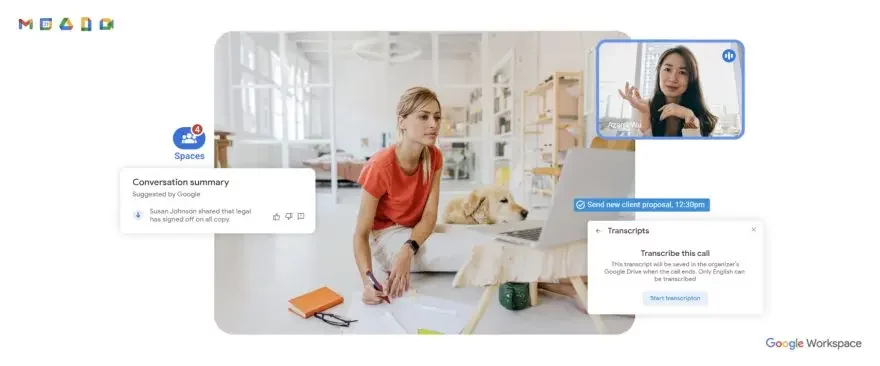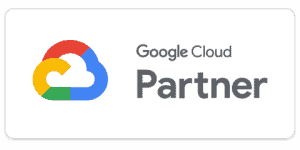In recent years, the way we study and work has changed. The hybrid modality was imposed in most educational centers and companies, this means that it is no longer mandatory to be physically in classrooms or offices, but we can work from wherever we want. Now, so that the modality of home office effective for workers and company culture, we must track and measure the labor productivity in teleworking.
There are many ways, resources and tools that allow accurate measurement of the daily employee progress. Here we tell you some.
1. 5 ways to measure the productivity of your employees
Once the home office was implemented, companies had to find ways to control, measure and obtain results from the work of each employee. For example, many companies measure the teleworking productivity establishing clear objectives for workers, and thus being able to evaluate whether they are being met.
In addition, it is important to establish realistic delivery times for each task and thus be able to evaluate whether the team is meeting the established objectives and deadlines. And the same with the amount of work done each day and the quality of this work.
Another key factor is the tools that exist both for improve productivity and collaboration between teams, as well as to schedule and monitor each project. Some of the most used are Google Calendar, Google Sheets, Jira, Asana, among other.
The same with meetings between work teams, we would say that this is the most important thing to avoid losing communication and collaboration on a day-to-day basis. During the meetings you can review the team's progress, talk about possible improvements or problems that may arise, and also socialize with colleagues. For this, the best video conferencing tools are: Google Meet, Zoom, Skype, Microsoft Teams, etc.
1.1 Task organization
To start measuring the productivity of your employees while teleworking and make a performance evaluation It is key to organize tasks. It is best to do it by hour and by day, to have better control.
- Make a list to have an overview of the day's tasks.
- Set deadlines to meet priorities.
- Delegate tasks if necessary.
- To follow.
- Know how to adapt in the event that unforeseen events or more urgent tasks arise.
The best digital tools for this are:
![]() Google Keep: is a notes and reminders app that allows you to create to-do lists, text notes, and voice memos. It also allows you to share notes and collaborate in real time.
Google Keep: is a notes and reminders app that allows you to create to-do lists, text notes, and voice memos. It also allows you to share notes and collaborate in real time.
![]() Google Calendar: With this online calendar you can spend less time planning and more time completing your tasks. It can also be shared with other users and works with all the tools of Google Workspace.
Google Calendar: With this online calendar you can spend less time planning and more time completing your tasks. It can also be shared with other users and works with all the tools of Google Workspace.
![]() Trello: Online task organization tool that uses cards to organize and prioritize tasks. It is very visual and easy to use.
Trello: Online task organization tool that uses cards to organize and prioritize tasks. It is very visual and easy to use.
![]() Asanas: is an online project management tool used to organize tasks, projects, and teams. Allows project creation, task assignment, and real-time collaboration.
Asanas: is an online project management tool used to organize tasks, projects, and teams. Allows project creation, task assignment, and real-time collaboration.
1.2 Evaluate the quality of time worked
Another way of measure the productivity in teleworking It has to do with evaluating the quality of the time you work. It is not only important to complete the tasks, but that they are done well and do not take more time than necessary.
For example, it is important to control whether the tasks are being completed in a timely manner, what the quality of the work is and whether it meets the specifications, keep track of the reduction of errors in each project, and also take into account the evaluations of supervisors, colleagues or clients to know if the work is of quality.
It is clear that these indicators depend on each job, what is expected of it, etc. But they are very helpful in identifying areas that can be improved to maximize efficiency and labor productivity.
1.3 Implement a competitive incentive system
This point is interesting to motivate employees. Many times work becomes routine and it is important to stimulate the work team either with financial rewards, recognition, or new projects.
Some tools for this can be:
![]() Google Sheets: You can use a spreadsheet to set up projects and incentives for each person and assign them to choose what they want to work on. Each project has an estimated time, for example, five hours, and so employees who complete it before the deadline are considered more productive.
Google Sheets: You can use a spreadsheet to set up projects and incentives for each person and assign them to choose what they want to work on. Each project has an estimated time, for example, five hours, and so employees who complete it before the deadline are considered more productive.
![]() Google forms: with this tool you can Create custom forms for surveys and questionnaires. This is useful for both obtain information from employees and their concerns, such as to connect with customers and obtain valuable information.
Google forms: with this tool you can Create custom forms for surveys and questionnaires. This is useful for both obtain information from employees and their concerns, such as to connect with customers and obtain valuable information.
![]() Google Meet: Google's video conferencing system is a great tool to meet with the work team and promote internal communication. Furthermore, do Feedback meetings can help employees understand how they are being evaluated and what areas they need to improve to earn incentives.
Google Meet: Google's video conferencing system is a great tool to meet with the work team and promote internal communication. Furthermore, do Feedback meetings can help employees understand how they are being evaluated and what areas they need to improve to earn incentives.
1.4 Smart Working
This work methodology allows to the employees work flexibly from anywhere, and by objectives achieved instead of meeting hours.
This type of work organization is possible thanks to technology and collaboration tools provided by certain companies such as Google or Microsoft. Products like those of Google Workspace They are ideal for Work from anywhere with teams distributed around the world.
Regarding proactivity in teleworking, the Smart Working offers numerous benefits, including:
- Greater flexibility and autonomy,
- Less travel time and cost
- Better balance between work and personal life.



